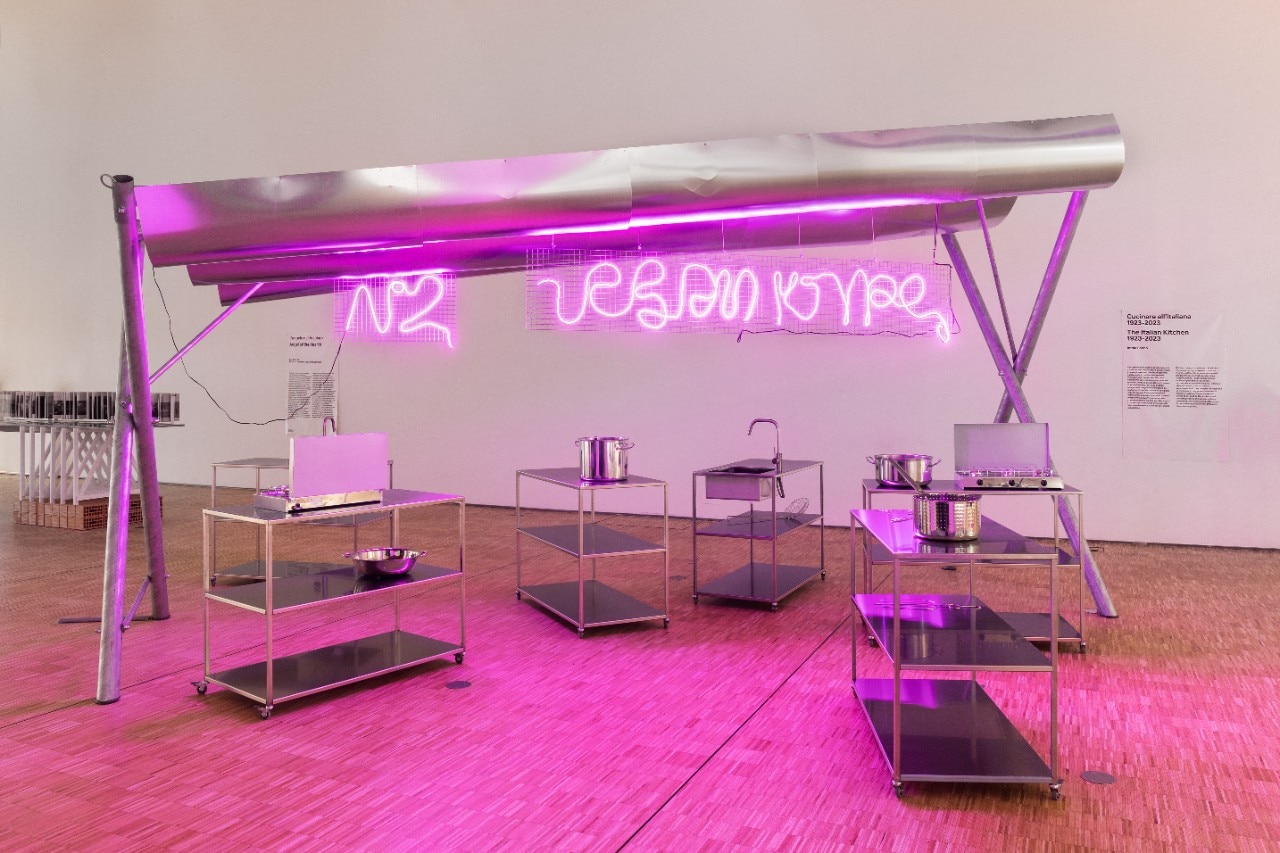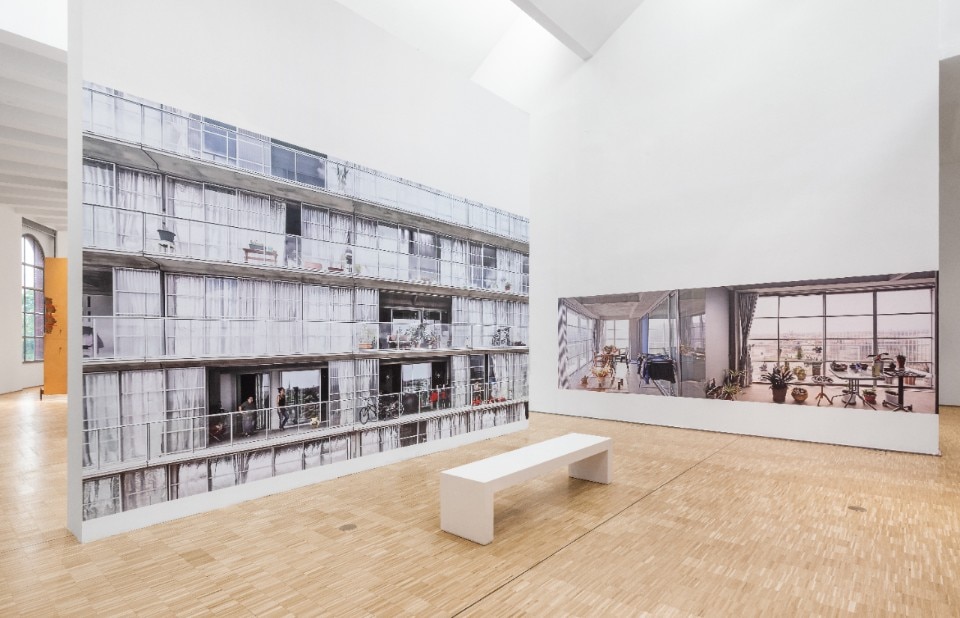The ‘home sweet home’ is for most people a popular international idiom, a civilized way of feeling, harking back to the 19th century – the first period of great colonial conquests, national redefinitions and thus displacement, loss, and rediscovery of ‘homeland’. It stems from a musical motif in the operetta “Clari, or the Maid of Milan”, staged in London in 1823. It tells the life of a young Milanese woman relocated for love but always looking for a place to call ‘home’.
In Milan at the Palazzo dell’Arte, “Home Sweet Home” is the title of an exhibition organized for “Triennale 100 Sweet Years” – which opens the centennial celebrations of the 1923 First Biennale of Decorative Arts in Monza (then Triennale Milano since 1933) along with other events (such as the new exhibit at the Museum of Italian Design) that throughout the year will celebrate the history of this key institution for the arts and design.

Curated by Nina Bassoli – former member of the scientific board for city, architecture, and urban regeneration of the Triennale – the exhibition offers in-depth studies of 5 historical sections carried out by international researchers (Florencia Andreola, Imma Forino, Maite García Sanchis, Annalisa Metta, Azzurra Muzzonigro, Gaia Piccarolo) who worked on the precious historical archive of the World’s Fairs. Moreover, the exhibition investigates the transformations and evolutions of the home as an idea of living.
“Inhabiting means being at home everywhere” is a famous quote by Ugo La Pietra taken up by the Situationist International and which in the radical years opened to new horizons the rethinking of this private shelter. Another line from the opening ditty says, “There is no place like home.” But what is a home?
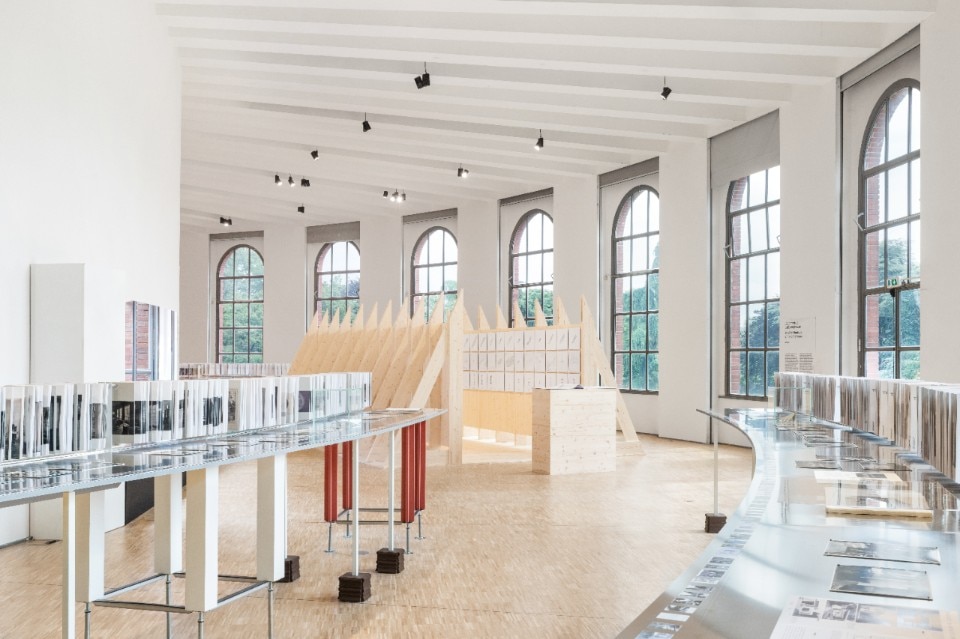
Trying to answer the question, the research for curating and ordering the exhibition was not limited to the past. In fact, it opens to the contemporary with a reinterpretation of the main themes through site-specific installations by a large group of 10 contemporary designers – Assemble Studio, MAIO, Giovanna Borasi for the CCA - Canadian Centre for Architecture, Sex & the City, Céline Baumann, Matilde Cassani Studio, DOGMA and with environmental works by Diller + Scofidio, Maria Giuseppina Grasso Cannizzo, Lacaton & Vassal.
In short, fifteen exhibitions in one. The result is a kaleidoscope of viewpoints, a heterogeneous exhibition space where past and present meet, where the contradictions of different eras emerge and new languages, new aspirations and new agendas for architecture emerge and open a debate for the redefinition of domestic project.
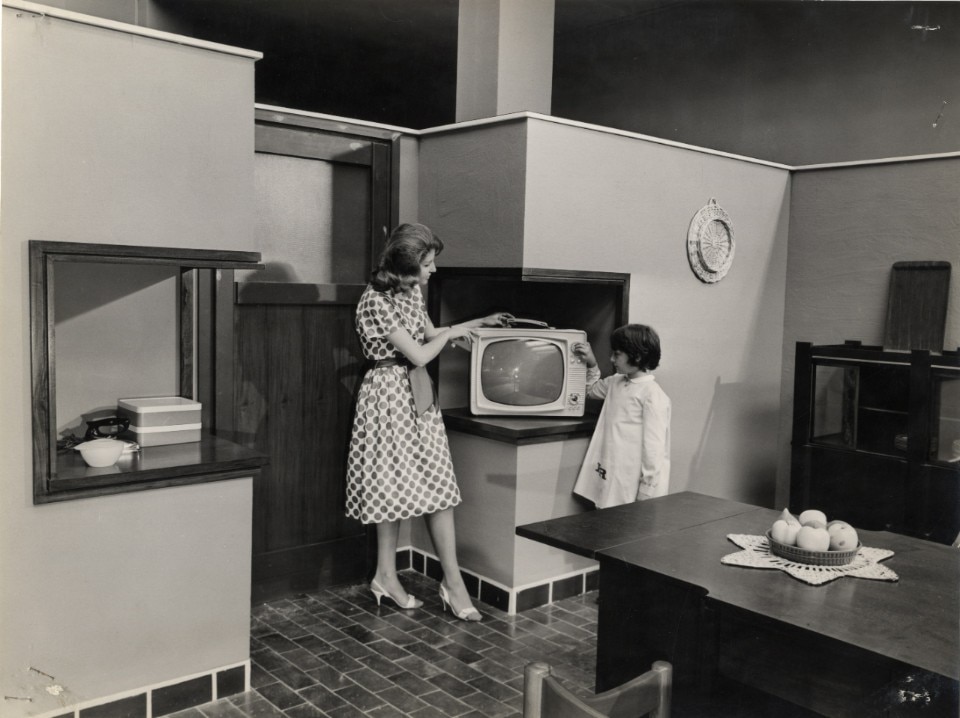
The setting up was commissioned to the emerging Captcha Architecture studio (Margherita Marri and Jacopo Rosa with Luca Monaco). They had to create an alternating sequence of flexible three-dimensional structures developed ad hoc by invited guests. In addition, they directed dense archival planes (reporting documentary research) as information-rich breaks for in-depth study, documents and images, set up on longitudinal benches that retrieve and reuse fragments, elements and supports of structures from previous exhibitions and offer the visitor in-depth fact sheets that can be collected, to build one’s own portfolio of historical experiences.
The exhibition opens and activates with an everted scenic device which immediately catches the visitor’s eye – a mirror and sink very similar to Gio Ponti’s Ideal Standard series and comes from the last Triennale in 2022 as well, where it was placed in The Red Corridor by Margherita Palli. Completing the overture, before passing through a large curtain/filter of colorful beads, is an array of pedestals where industrially produced objects intended for housekeeping and cooking are located, along with 3 sculptures of female figures.

Once you cross the threshold, you find yourself immersed in an archipelago of situations and stories, which make you zigzag through the 10 installations, and bring you back on the ‘straight and narrow’ in the 5 archival brackets. In short, themes are addressed and developed between: the kitchen and conviviality; A section of now where rearranging a part of the Montreal CCA exhibition offers an image of contemporary society that is much more complex and varied than the traditional one; a reconsideration of gender roles in the history and actuality of the home; the home as a container of possibilities and activities from rest to body care, leisure, work, and daily ritual; relationships with plant ‘nature’ within domestic spaces to the relationship with the outdoors and the surrounding landscape.
The exhibition closes with a tight triptych of works/dedications that place three chapters and cornerstones of contemporary architecture in a spatial scene: a highly refined work by Diller + Scofidio from 1986, – Three Windows – exhumed from the archives and restored for the occasion. On to a tribute to the work of Maria Giuseppina Grasso Cannizzo – Lifespan – in which the architecture of the house is never a concluded process but adapts with the life of the inhabitant, and then heuristic drawing and technical drawing alternate and feed off each other. Finally, the large-scale photographic reproduction of facades and interiors of a project by Lacaton & Vassal for 530 dwellings in Bordeaux, whose title ‘Never demolish, always transform’ is a statement of intent always careful and obtained by the firm that has always not applied their signature and form but starts from the present and presences to reconsider architectural design above all as a social, ecological, economic, and political manifesto.
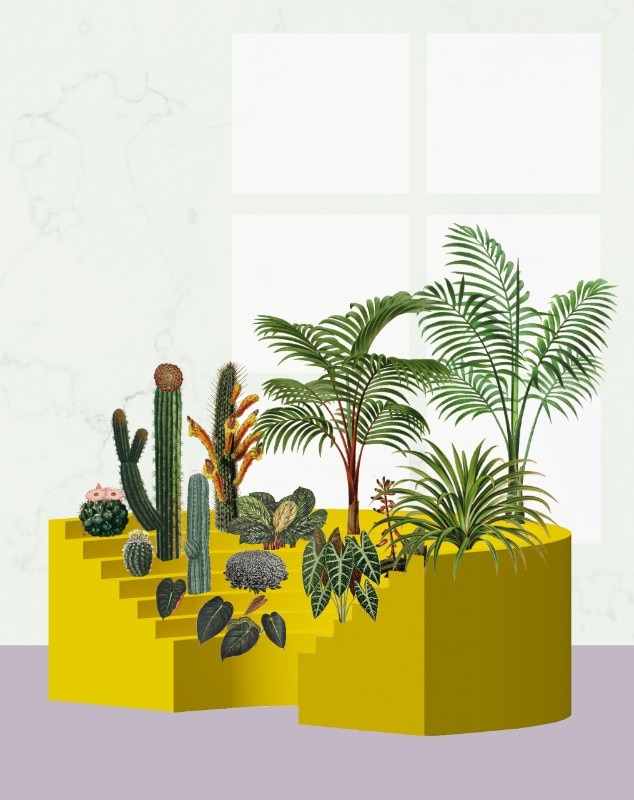
You exit passing a large photographic curtain. Thus, the itinerary concludes – unintentionally – with a work that, though permanent, perfectly fits this temporary exhibition and accidentally lies on the way out: Casa Lana by Ettore Sottsass, where, in short, you can see and intensely experience a total inhabitable space, a home in fact, “a little bit sweet, a little bit bitter,” Sottsass would say.
Home Sweet Home
Milan Triennale
Until 10 September 2023
Curated by: Nina Bassoli
Exhibition design: Captcha Architecture, Margherita Marri e Jacopo Rosa con Luca Monaco Sezioni storiche: Florencia Andreola, Imma Forino, Maite García Sanchis, Annalisa Metta, Azzurra Muzzonigro, Gaia Piccarolo
Site-specific projects: Assemble Studio, Céline Baumann, CCA – Canadian Centre for Architecture, DOGMA, MAIO, Matilde Cassani Studio, Sex & the City Opere di: Diller + Scofidio, Maria Giuseppina Grasso Cannizzo, Lacaton & Vassal


